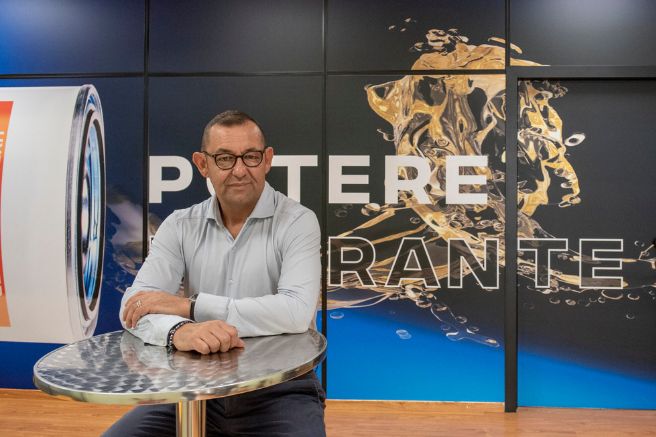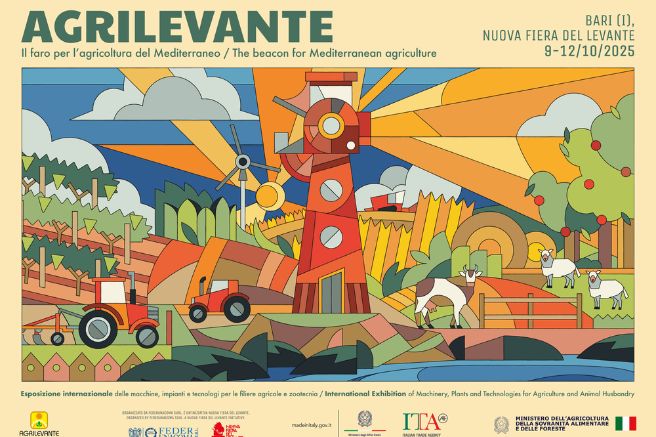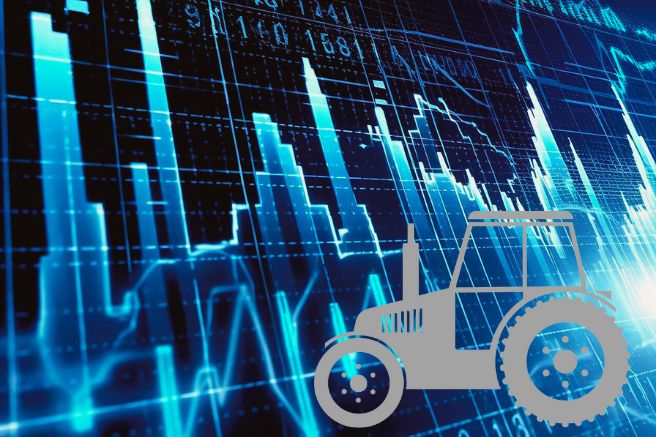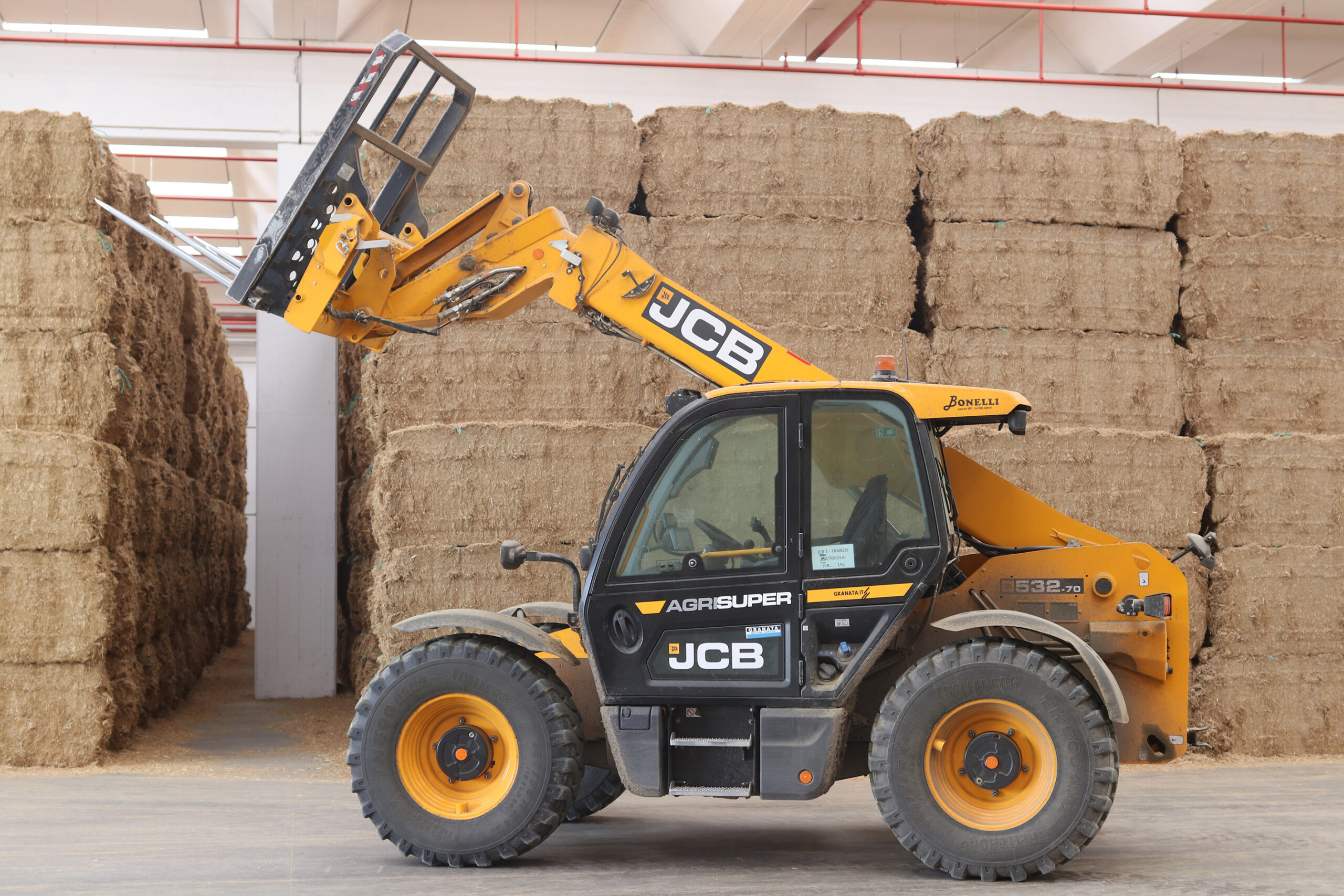
One of the key questions that an agricultural organization must address when purchasing a new self-propelled machine concerns the type of transmission. Currently, there are three basic technologies available: mechanical transmission, which serves as the entry-level option; continuous transmission, which is at the top; and hydraulic transmission, which serves as a bridge between the two. Since each type of transmission has its own pros and cons, the choice should be made based on rational considerations and the specific mission profiles that each machine must fulfill. Mechanical transmissions are robust and economical, easy to manage, and offer high efficiency, but they cannot be highly automated. Gear changes cause a loss of torque to the wheels, and they require constant operator control, which can lead to fatigue and, consequently, slower work pace.
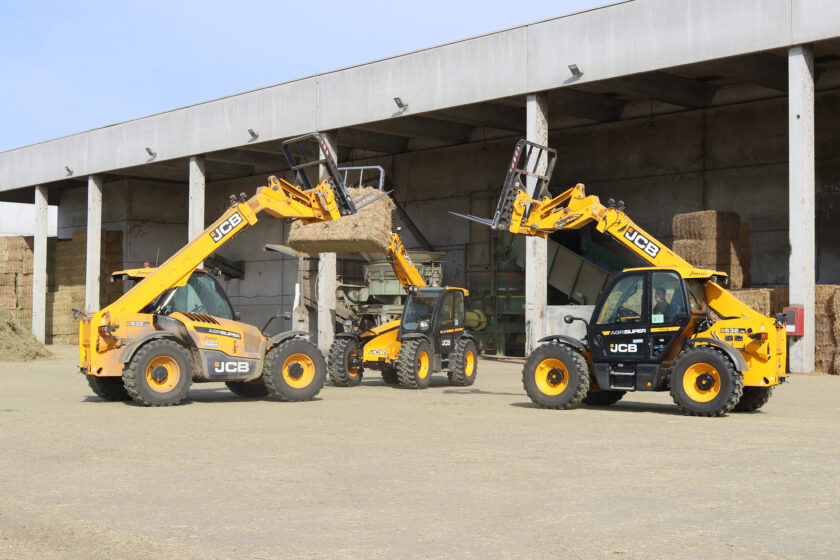
Hydraulic transmissions, which can often operate under power shift conditions, are easier to automate, ensuring machine traction even during gear or range changes. Their management can also be entrusted to onboard control units, allowing the operator to focus solely on ongoing tasks to optimize efficiency. However, they are complex and expensive systems, with slightly lower efficiency compared to mechanical transmissions—a drawback that becomes more pronounced with continuous transmissions. These, however, operate automatically, relieving the operator from any control duties.
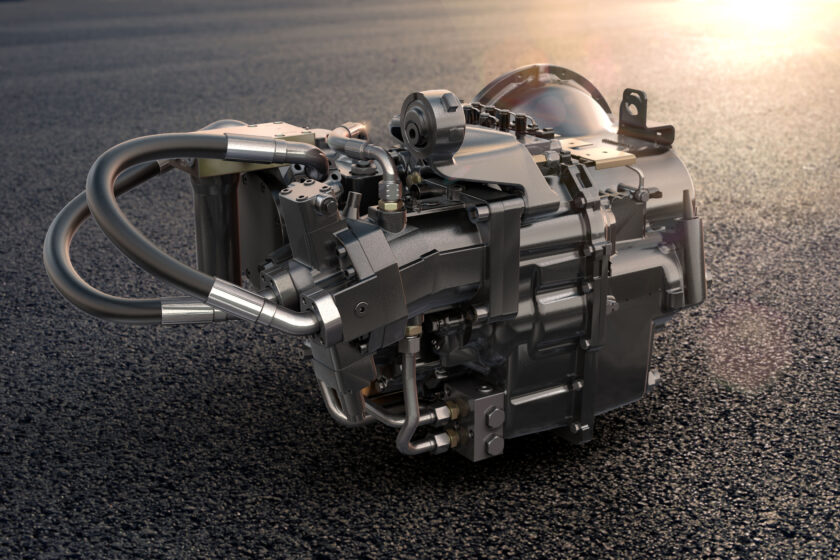
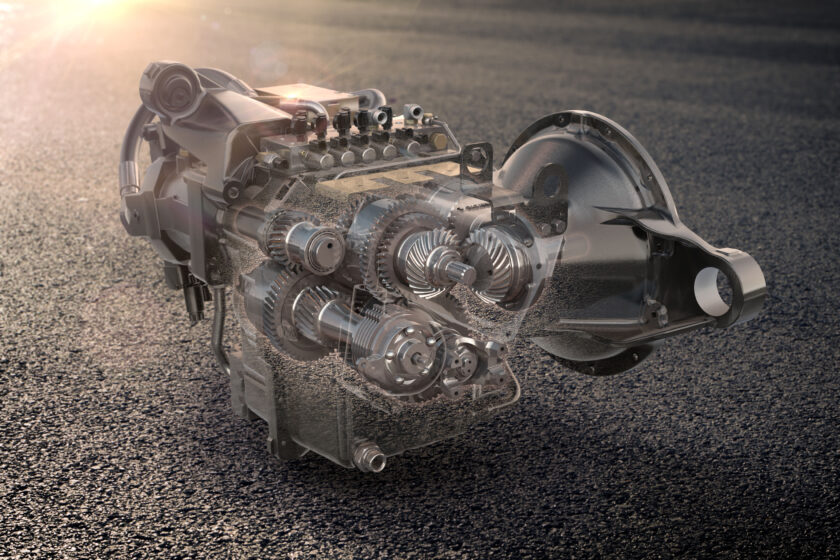
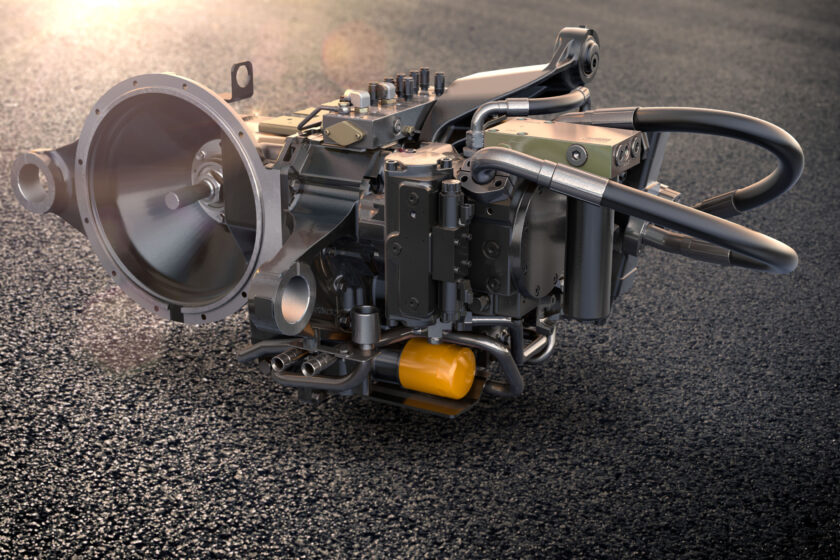
They also allow the decoupling of forward speed from engine load and RPM, optimizing these parameters with an eye toward fuel savings. Nevertheless, this advantage is partially offset by higher energy consumption. For this reason, all CVTs (continuously variable transmissions) on the market are designed to ensure operating ranges where only their mechanical parts function. This solution is also implemented in the “DualTech VT” transmissions offered by Jcb on some of its telehandler models, such as the “Agri Super,” “AgriPro,” and “Agri Xtra” series. These transmissions, as the name suggests, combine the smoothness and ease of use of a hydrostatic transmission with the power and efficiency of a power shift mechanical transmission, merging both technologies into a single unit. The hydrostatic part is managed by a multi-disc clutch interfacing with a three-stage power shift in direct drive.
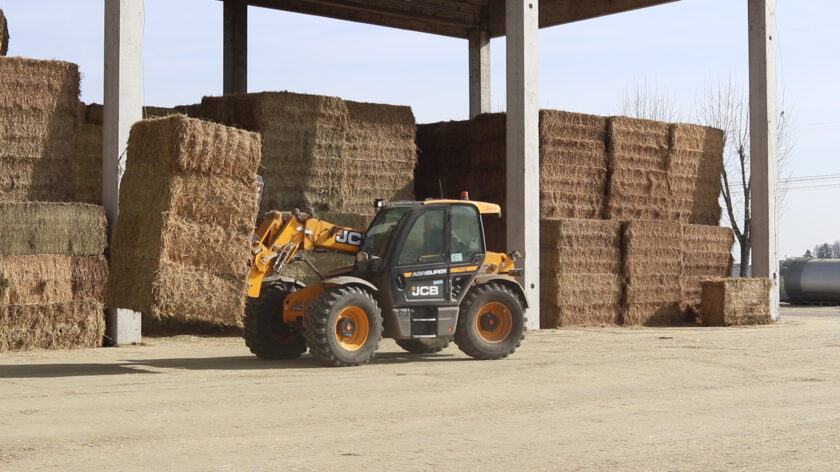
Essentially, it’s a hybrid structure that allows the machine it’s installed on to adapt to different operating situations, working in hydrostatic mode up to a maximum speed of 19 kilometers per hour, with rapid accelerations and great fluidity and smoothness of movements, particularly valuable in precision work.
The oil regeneration process as well
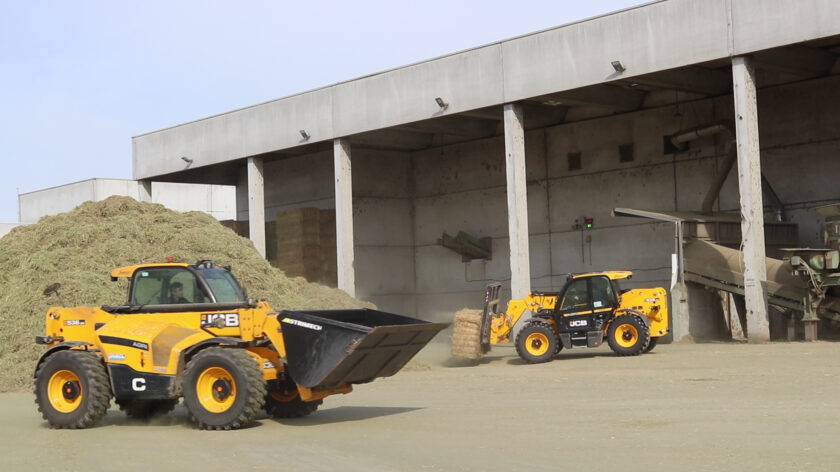
In mechanical mode, the machine can reach a top road speed of 50 kilometers per hour, significantly speeding up long-distance transfers and optimizing towing performance at the same time.
The ease of use is also noteworthy. The operator can select the preferred working mode or opt for automatic operation, with mode switching based on the machine’s speed. Thanks to the “Flexi” mode, the operator can also set a specific engine RPM and independently control the machine’s travel speed. This solution offers significant advantages when high movement speeds and abundant hydraulic flows are needed to power additional equipment or when the machine is engaged in high-precision tasks. All of this is without taking into account the fuel-saving contributions of the transmission, further supported by an intelligent hydraulic system that regenerates oil in the hydraulic cylinders, reducing engine RPM to achieve greater efficiency.
Title: Jcb “DualTech”, dual in name and in fact
Translation with ChatGPT





